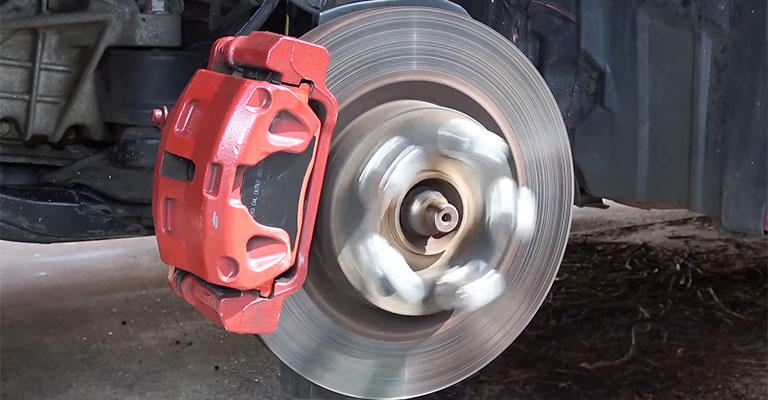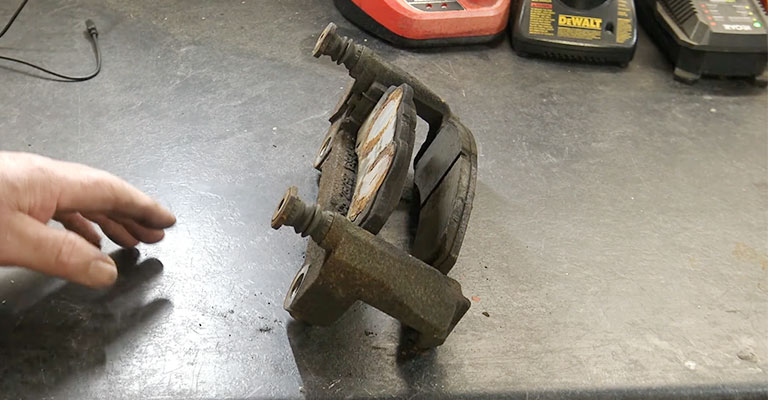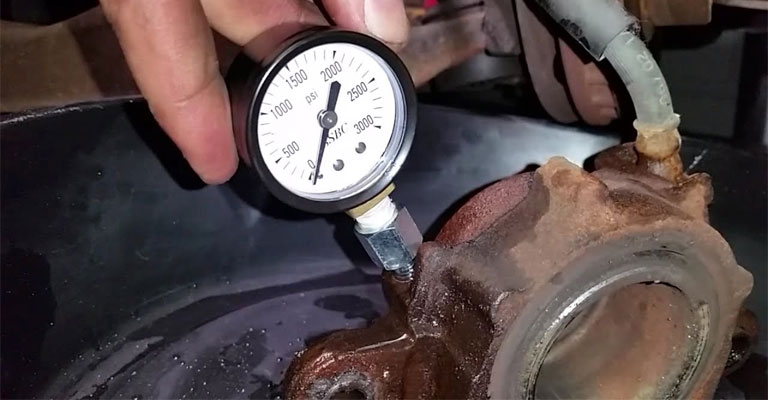It is possible to change brake pads without moving the rotors, although it is not recommended. As a result, your brake system may become imbalanced, resulting in early wear and tear on other sections of the system. If your rotors include an indicator, you must take it off in order to replace the pads.

When Can You Change Brake Pads Without Turning Rotors?
Brake pads are the parts of your brakes that make contact with the brake rotors, producing the friction required to stop your car. Brake pads need to be replaced after some time due to wear and tear. They normally make a squealing noise when you apply the brakes, which lets you know when they need to be replaced.
You can usually change brake pads without changing the rotors to save money. Front and rear brake pads might be semi-metallic or ceramic. Most vehicles can swap semi-metallic pads without changing the rotors. However, ceramic brake pads need to be changed after installation because they do not deteriorate as quickly as semi-metallic pads.
How Brakes Function
Your car’s braking mechanism uses friction to prevent the wheels from turning. The friction is caused by the brake pads, which press against the rotors (the metal discs that the pads grab) to slow or stop the car. The pads should be replaced because of wear and tear over time.
Causes to Replace Brake Pads Without Rotating Rotors

For various reasons, you might need to replace your brake pads without turning your rotors.
- If your brake pads are good, you may not need to turn your rotors.
- If you’re short on time or money, changing brake pads without turning rotors may be preferable.
- If you’re proficient with car maintenance, you may be able to change brake pads without changing rotors.
You’ll need these tools
A wire brush, a c-clamp, a socket wrench, fresh brake pads, and a tire iron.
To begin, unscrew the nuts holding the old brake pads in place using the socket wrench. To remove the old pads from the caliper, use the tire iron next. After removing the old pads, pressure the caliper piston with the c-clamp. The new pads will be simpler as a result.
How to Change Brake Pads Without Turning Rotors?
The steps that must be taken are listed below.
Locate Your Caliper

The caliper is the brake component that holds the brake pads in place. To replace your brake pads, first, find the caliper on your car. The caliper is usually found behind the steering wheel. After you’ve located the caliper, you must remove it from the vehicle.
Brake Pads Should Be Replaced
Replacing your brake pads is a simple task that you can complete at home with only a few tools. A socket wrench, a C-clamp, and new brake pads are required.
- To begin, detach the nuts that keep the old brake pads in place.
- Next, compress the piston in the caliper using the C-clamp. This will make it easier to install the replacement brake pads.
Examine the brake line pressure

The first step is to check the pressure in your brake lines. This can be accomplished by using a brake line pressure gauge. If the pressure in the reservoir is too low, you may need to add fluid. If the pressure is too high, the brakes may need to be bled.
Brake fluid should be bled
The following step is to bleed the brakes. This ensures that there is no air in the system, which could cause issues.
- After that, remove the old pads and clean the area where they were.
- Install the replacement pads and check that they are well seated.
- Finally, bleed the brakes once again to ensure that everything is working properly.
Clear Everything
The thing you should do is clean out the area around the brake caliper. This will provide you with a clean, safe working environment.
- Remove the old brake pads once the region has been thoroughly cleaned.
- Take a look at the rotors next. If they are damaged, you must replace them.
- If not, simply remove them and reapply them.
- Finally, reassemble everything and insert the new brake pads.
Advantages of Changing Brake Pads Without Turning Rotors
There are several benefits to changing brake pads without turning the rotors. You’ll save time and money because it’s faster and easier. It’s also less messy, so you won’t have to clean up your garage or driveway. You can also prevent harming the rotors if you take caution.
Disadvantages Changing Brake Pads Without Turning Rotors
If you don’t turn the rotors, your new brake pads may not last as long. Furthermore, if you don’t flip the rotors, your brakes may not perform as well. You may also have uneven wear on your brake pads, which may cause difficulties down the line. Furthermore, it’s easy to harm the rotors if you change brake pads without turning them.
FAQ
What happens if you don’t turn the brake rotors?
When you replace brake pads without moving the rotors, you’re really just putting new pads on top of old pads. This can cause the replacement pads to wear out too quickly and create a brake squeal.
Furthermore, not spinning the rotors might cause the brake calipers to seize, which can be an expensive repair. When changing your own brake pads, it is always a good idea to turn the rotors as well.
How much does Oreilly charge to turn rotors?
The cost of spinning rotors at Oreilly varies based on the brand and model of your car. The usual cost, however, is roughly $100. You can change brake pads without changing the rotors if you want to save money.
Is it cheaper to resurface or replace rotors?
Resurfacing rotors is usually less expensive than replacing them entirely. However, if your rotors are seriously damaged, replacing them may be more cost-effective.
Furthermore, because resurfacing rotors can occasionally extend their life, it may be worth the extra cost to have them resurfaced rather than replaced. The decision to resurface or replace your rotors ultimately boils down to a cost-benefit analysis.
Should I turn off my rotors or buy new ones?
Many mechanics will advise you to flip your rotors whenever you change your brake pads. This, however, is not always necessary. If your rotors are in good shape, you may only need to replace the pads.
Last words
Actually, rotors don’t typically need to be removed when changing brake pads. However, note that some rotors contain a wear indication that will screech loudly when the pads need to be changed. To guarantee that your brake pads are properly installed, have a professional mechanic repair them for you.
Leave a Reply